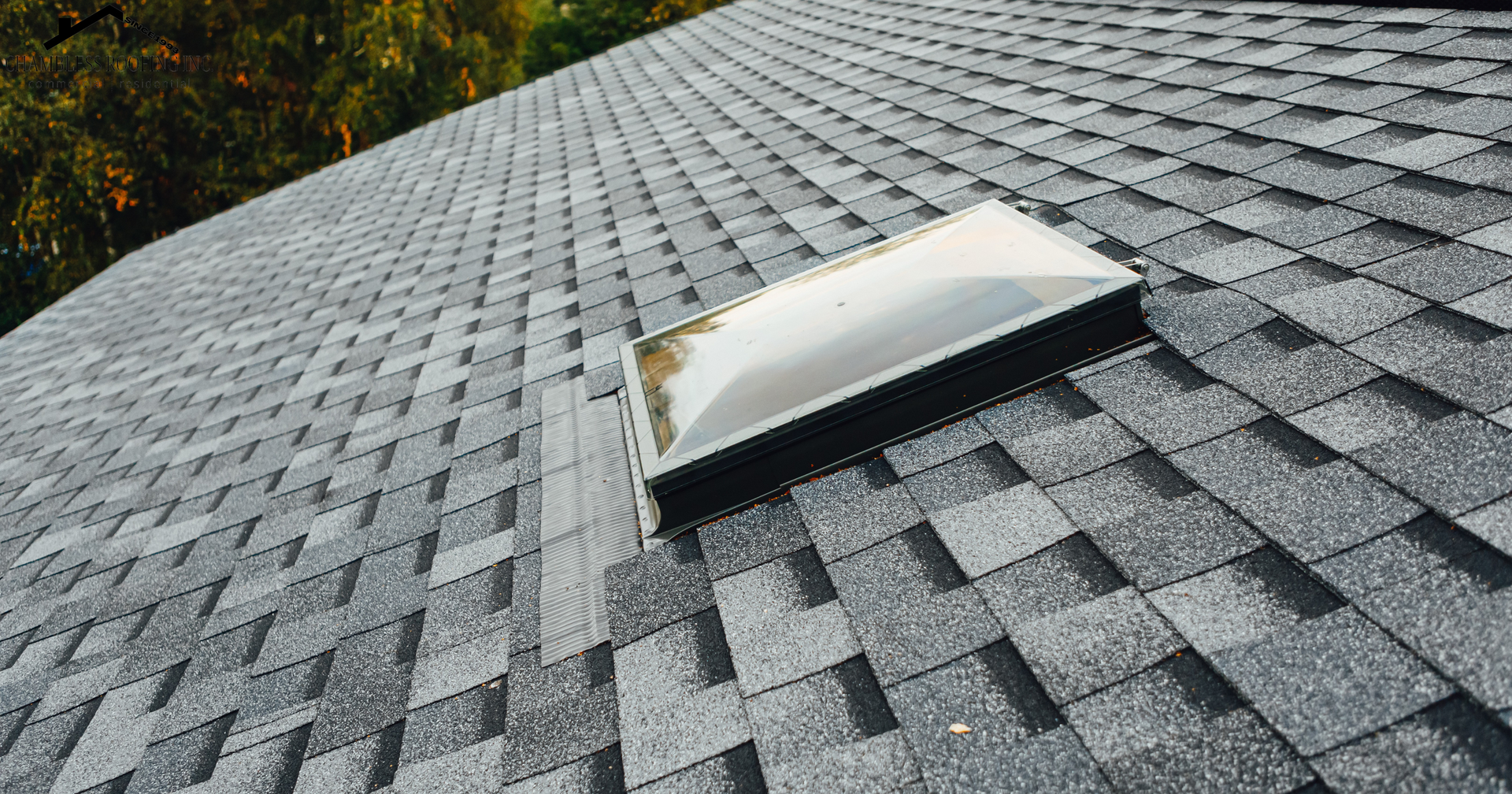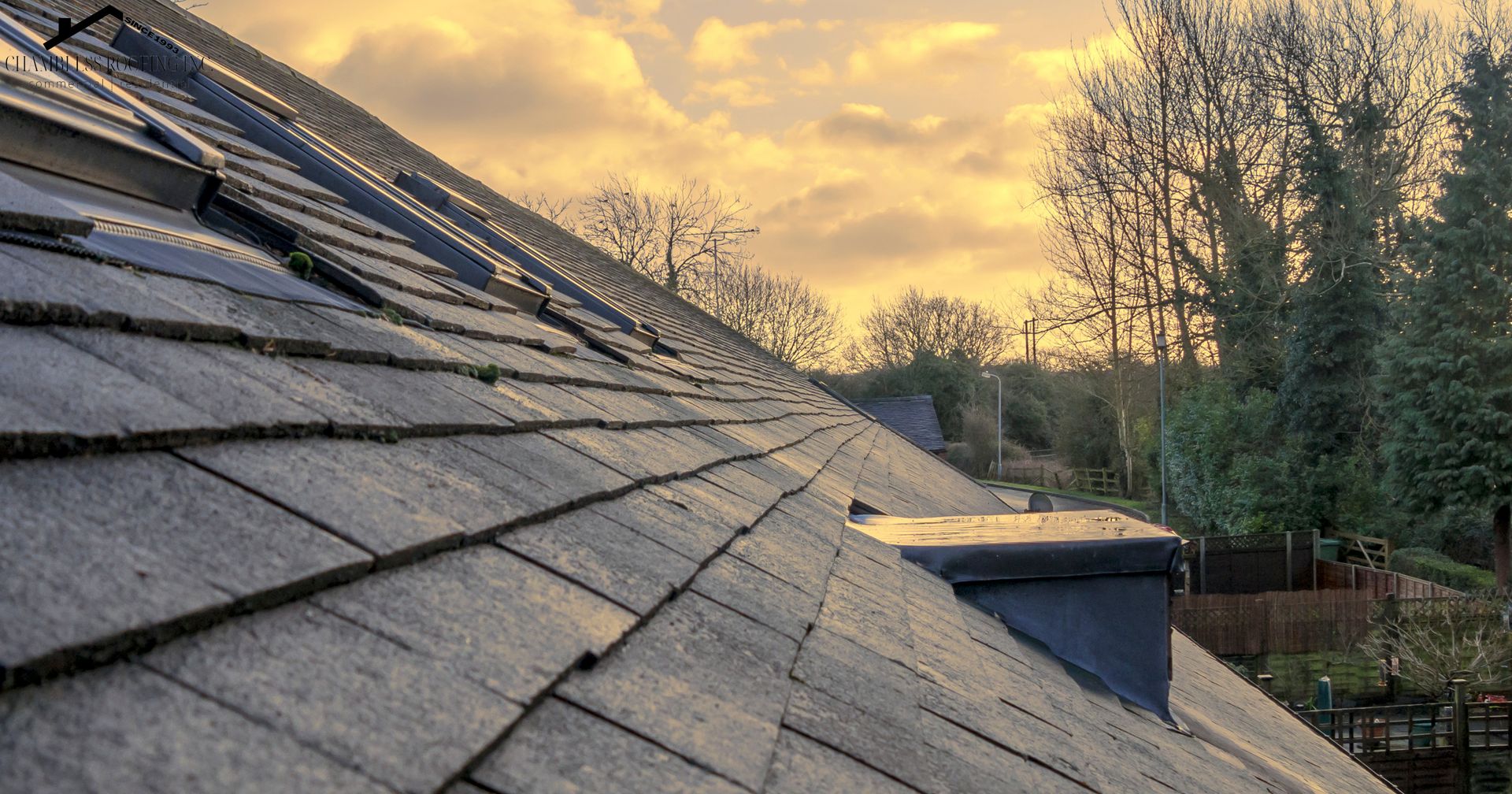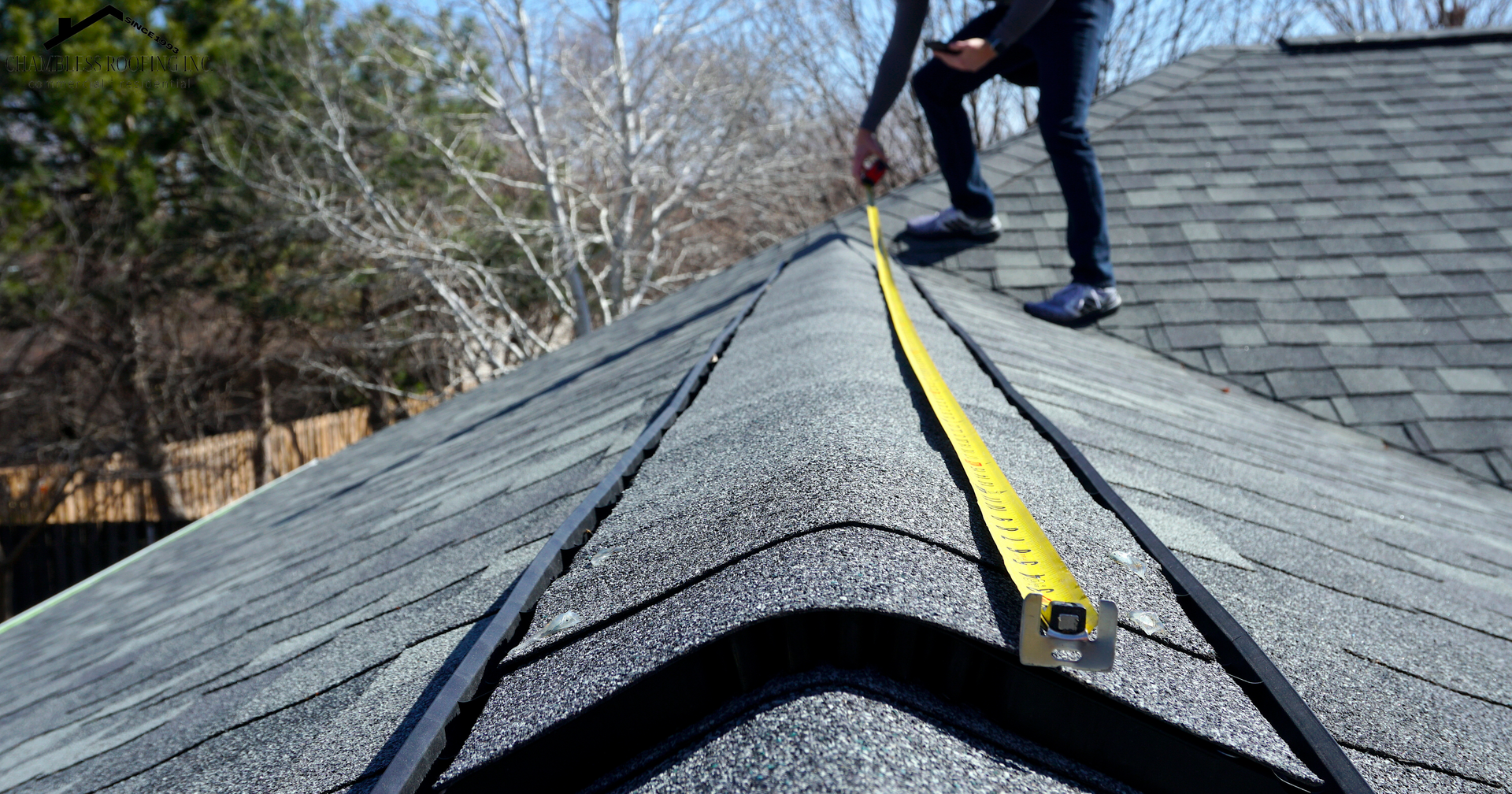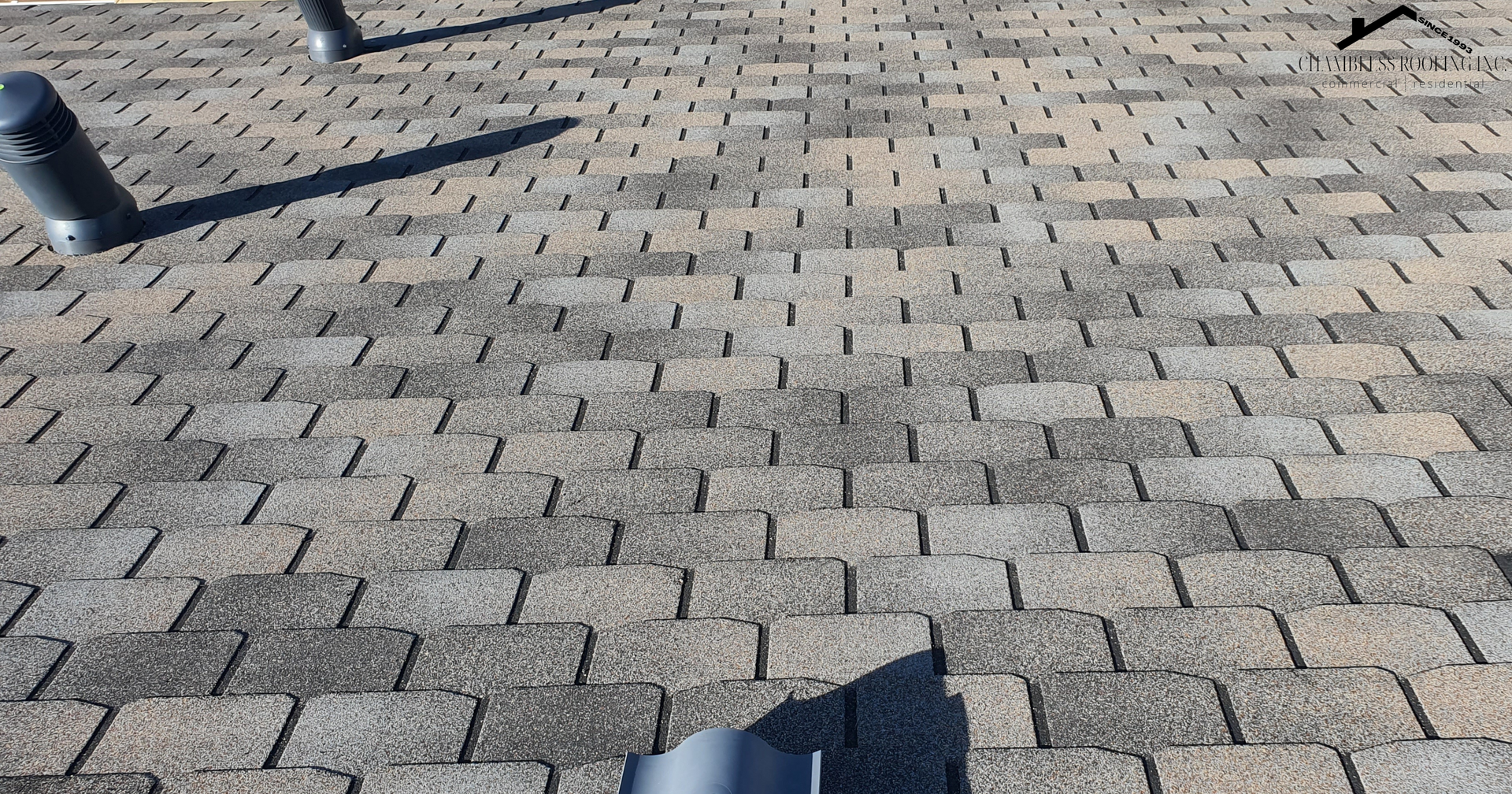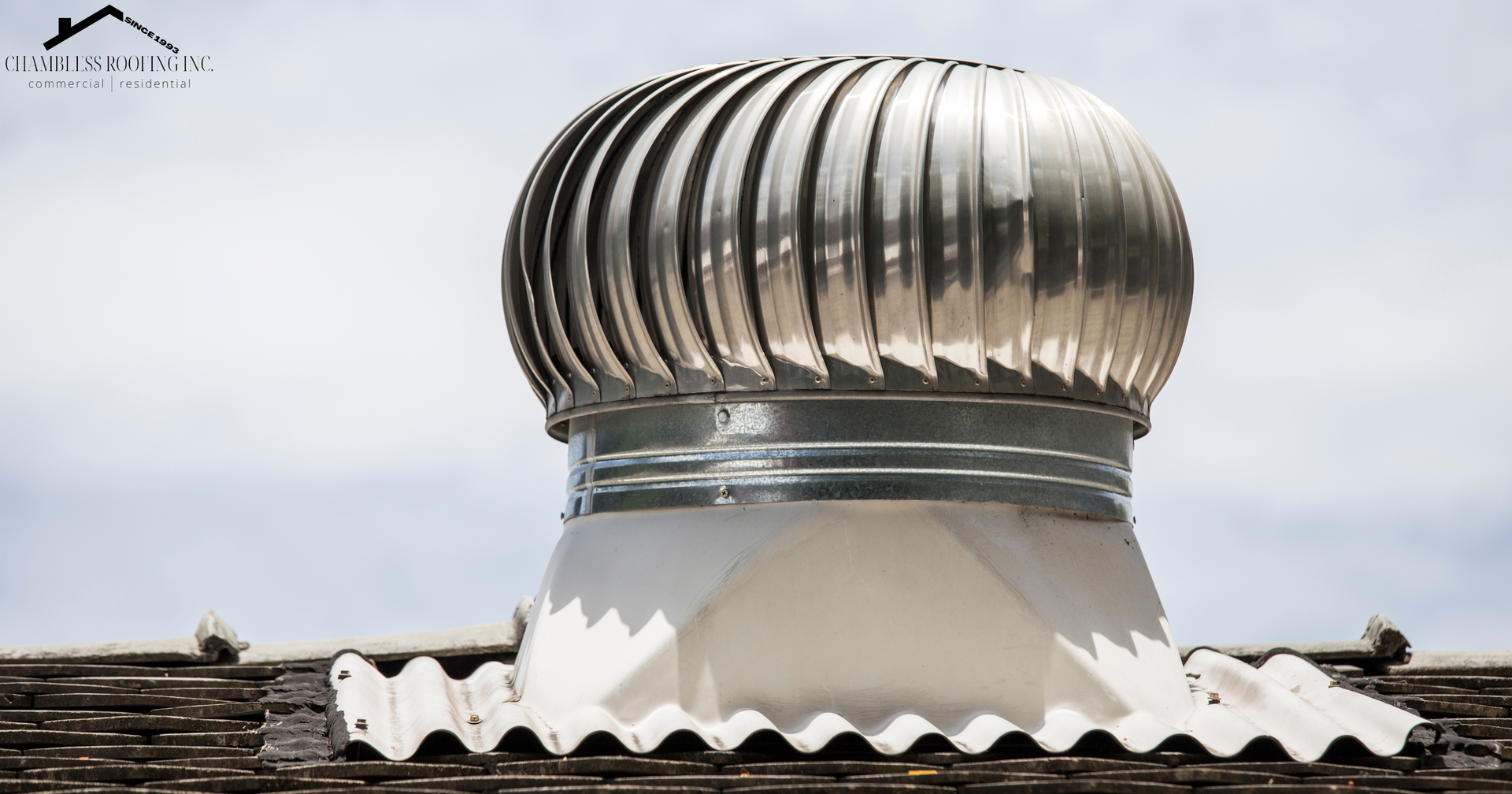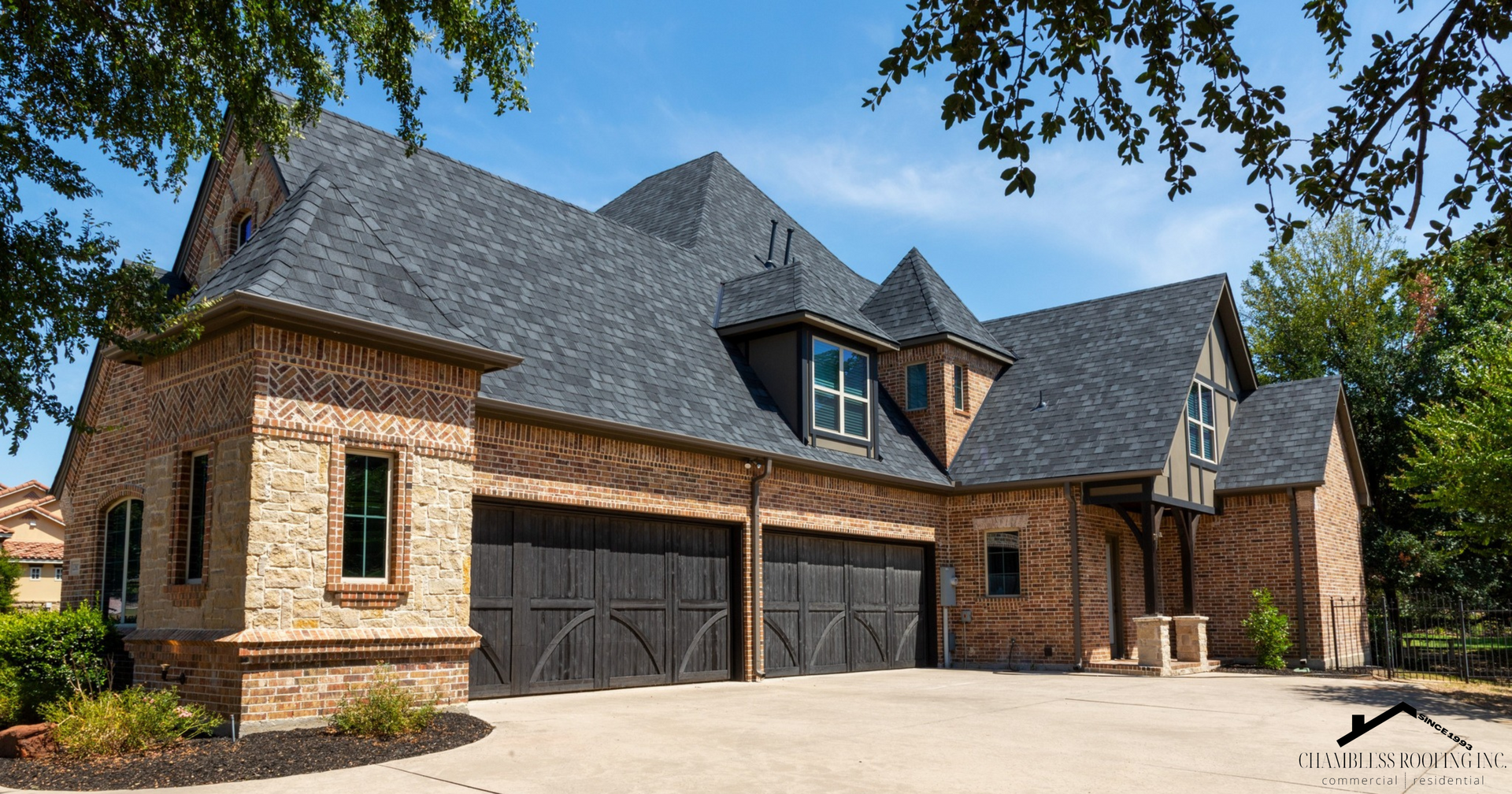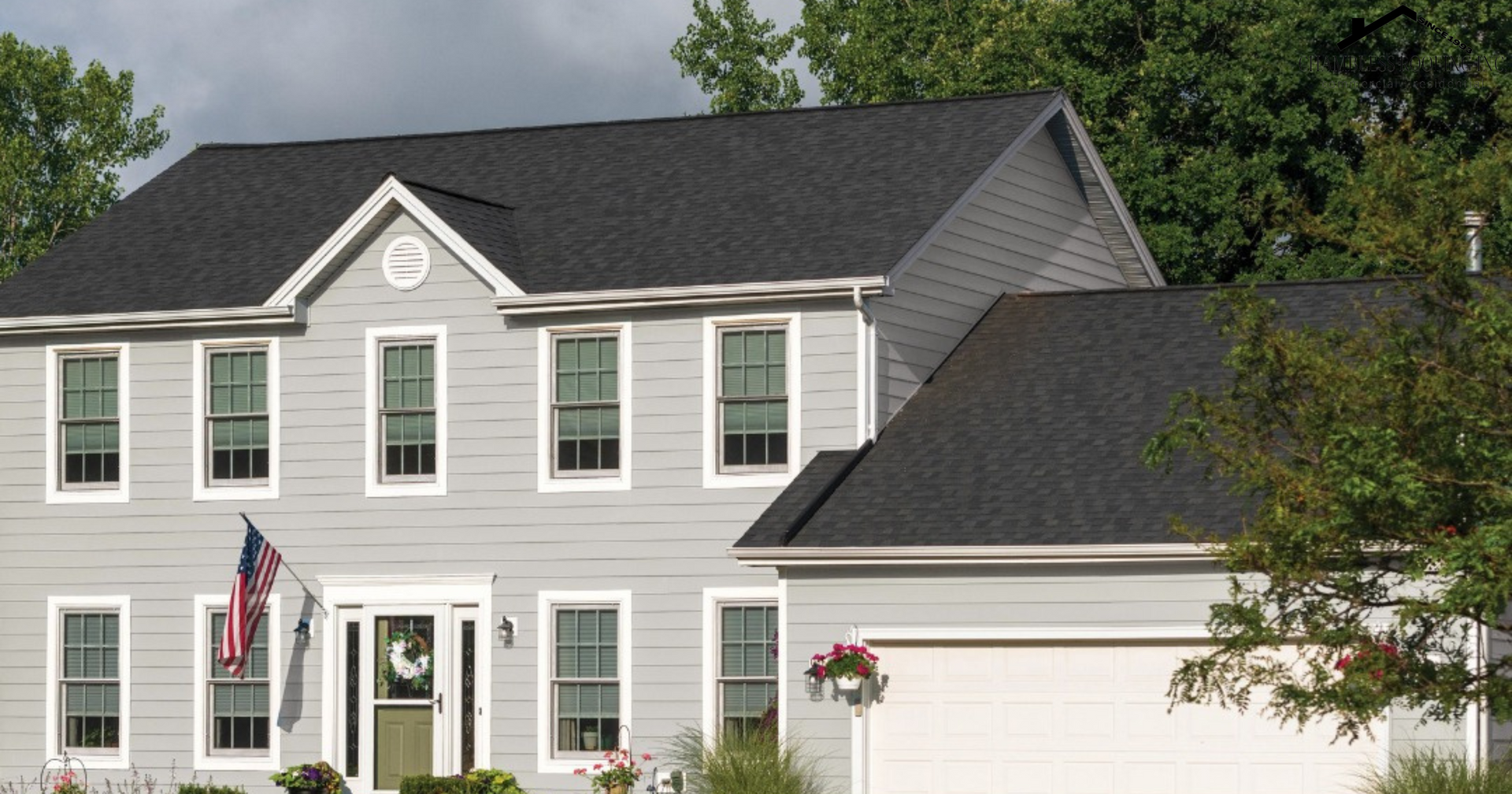How to Spot a Roof Leak in the Fall: A Comprehensive Guide
Fall Roof Leak Alert: How to Detect and Prevent Roof Leaks During Autumn
Fall is a beautiful season with its crisp air and vibrant foliage, but it can also be a challenging time for your roof. The changing weather conditions, falling leaves, and increased rainfall can all contribute to the development of roof leaks. Detecting a leak early is crucial to preventing costly damage to your home. Chambless Roofing will help you recognize how to spot a roof leak in the fall, providing you with valuable tips and insights to protect your investment.
Check Your Attic: One of the first places to inspect for signs of a roof leak is your attic. On a bright, sunny day, turn off all artificial lighting and look for any signs of daylight coming through the roof boards. This indicates gaps or holes in your roof's structure where water can seep in. Additionally, check for water stains or moisture buildup on the ceiling and walls of your attic. These are clear indicators of an existing leak.
Look for Water Stains on Interior Ceilings and Walls: Water stains on your interior ceilings or walls are telltale signs of a roof leak. Keep an eye out for discolored patches or peeling paint that may indicate water damage. These stains often appear as brown or yellowish marks and can grow in size if the leak goes untreated.
Inspect Your Roof's Exterior: A visual inspection of your roof's exterior is essential to identify potential problem areas. Use binoculars if necessary to get a close look without risking injury. Pay attention to the following:
Missing or Damaged Shingles: Cracked, curled, or missing shingles are vulnerable points where water can penetrate your roof. Replace damaged shingles promptly to prevent leaks.
Accumulated Debris: Leaves, branches, and debris can create a damming effect, causing water to pool on your roof. Regularly clear debris from your roof to prevent water buildup.
Damaged Flashing:
Flashing is the material installed around roof joints, chimneys, and skylights. Check for loose or damaged flashing, as these areas are prone to leaks.
Clogged Gutters and Downspouts: Ensure that your gutters and downspouts are clear of debris. Clogs can lead to overflowing water, which may damage your roof and siding.
Monitor for Drips and Moisture: On rainy or drizzly fall days, take some time to observe your home's interior for any dripping or moisture buildup. Be vigilant in checking for these signs near windows, in the attic, and along interior walls. Sometimes, leaks may not be immediately visible, but noticing dampness or a musty odor can be an early warning.
Examine the Roof from the Inside: Inspect your roof from the inside by climbing into your attic or crawl space. Look for signs of water damage on the underside of the roof deck, such as water stains, mold, or rot. If you see any of these signs, it's a clear indication that water is penetrating your roof.
As fall brings unpredictable weather and falling debris, it's crucial to stay proactive in spotting roof leaks before they become major issues. Regular inspections, both inside and outside your home, are your first line of defense. By taking the time to examine your roof's condition and promptly addressing any issues you discover, you can ensure your roof remains in excellent shape throughout the fall season and beyond. Remember that if you're unsure about any aspect of roof inspection or repair, call Chambless Roofing to prevent costly damage and maintain the integrity of your home.

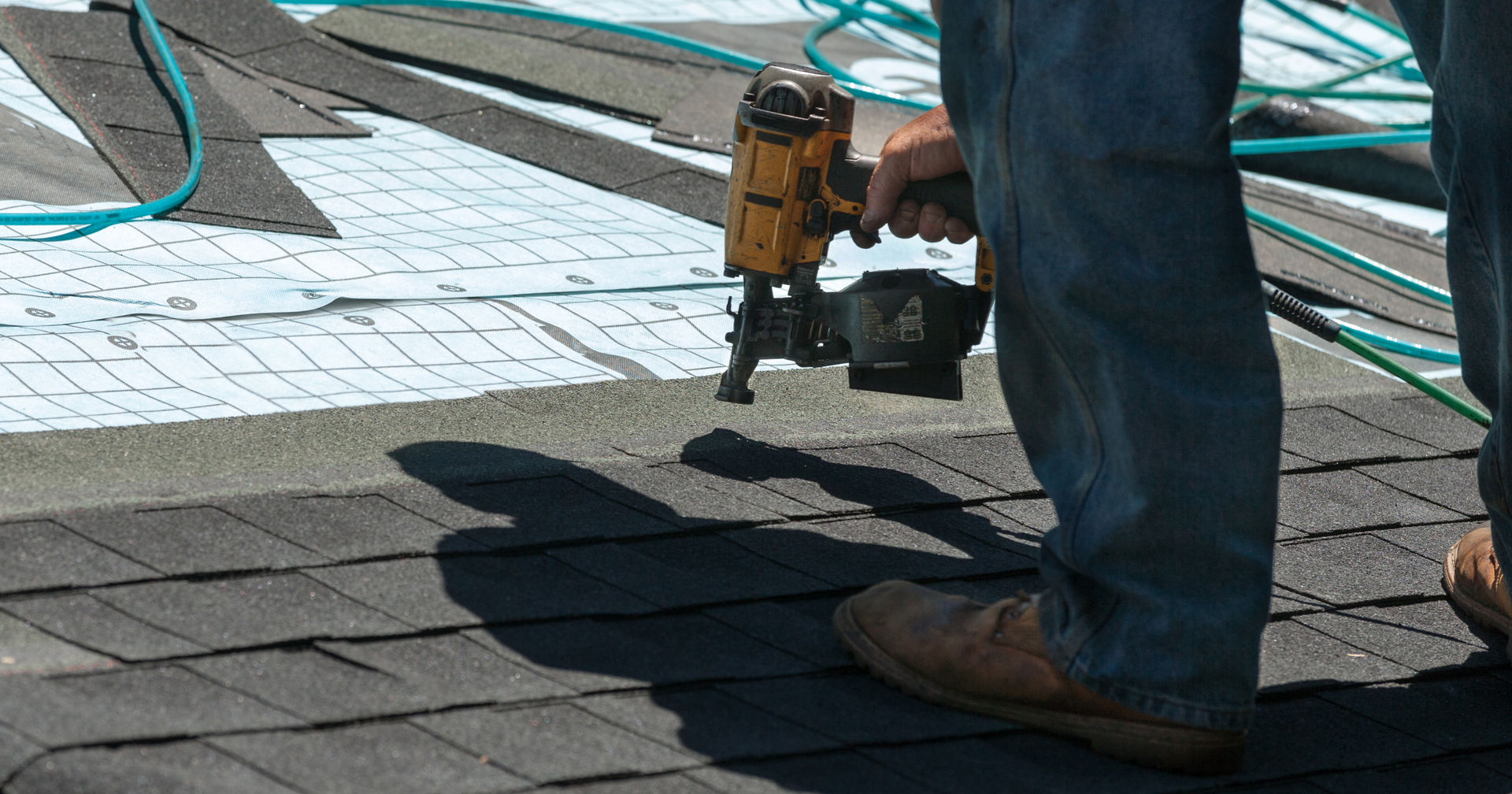
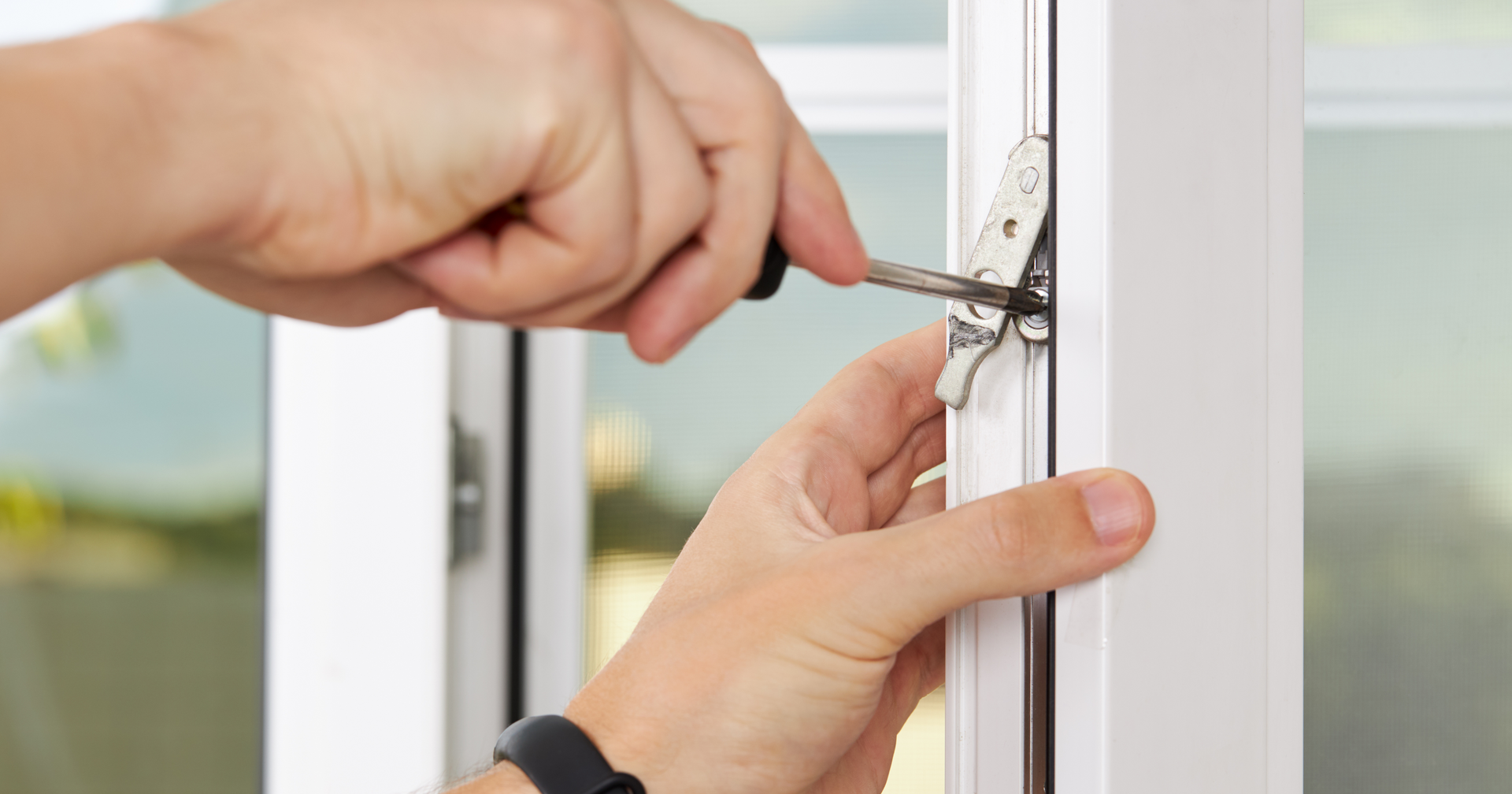

1005 West 5th St.
Scott City, KS 67871

Monday - Friday: 8am - 5pm
Closed from 12pm-1pm
Saturday & Sunday: Closed



